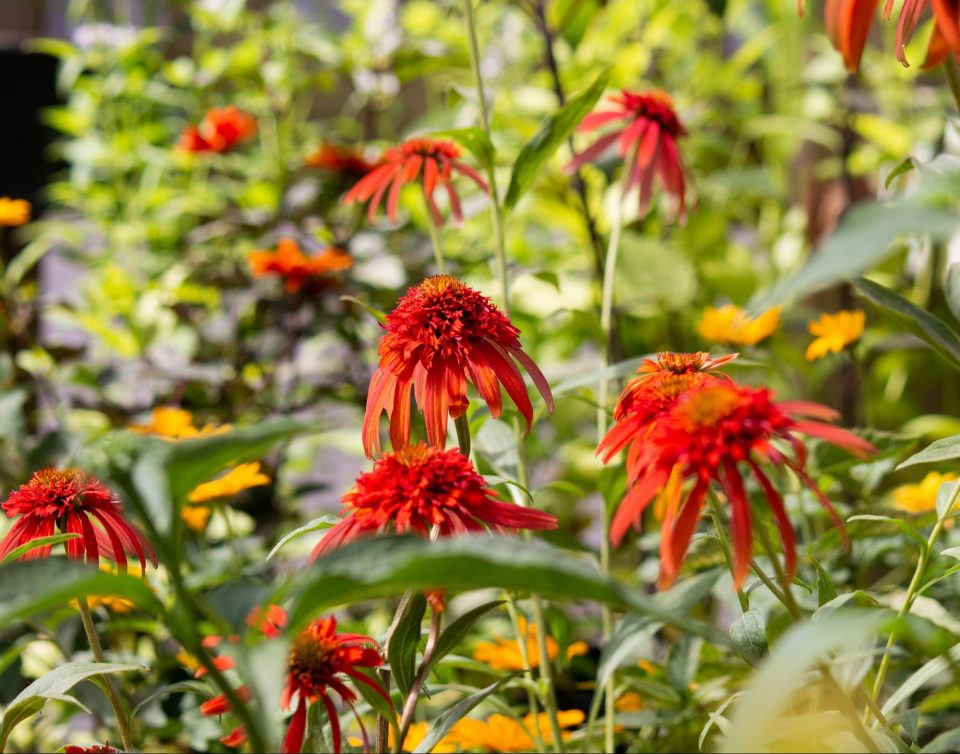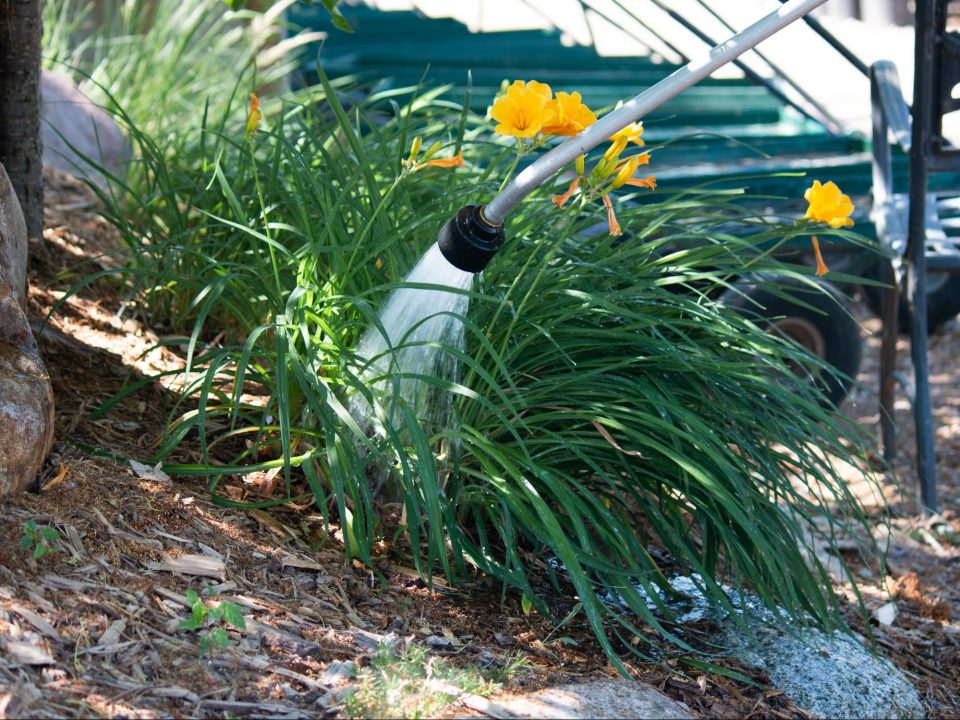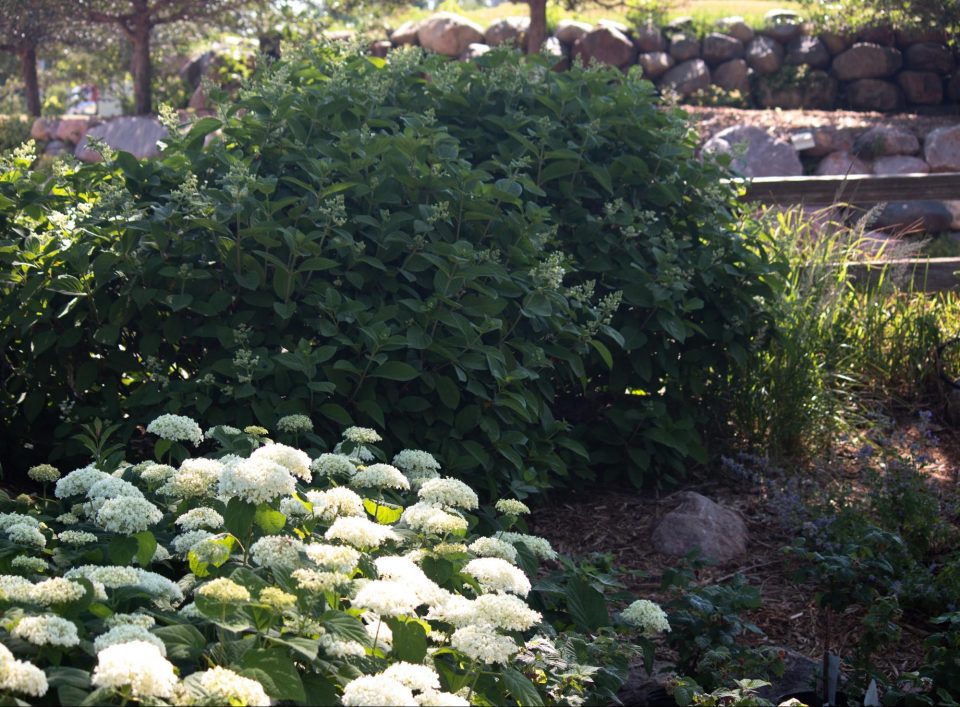Planting in the Summer Heat
While spring and fall are looked at to be the ideal time to plant, you can in fact still plant during the heat of the summer.
The heat always has us leery of the health of the plant after planting when really, there is no need to worry if they are properly maintained. Transplanting isn’t recommended right now, but container grown plants from the nursery can be planted confidently as the roots won’t be disrupted, which in-turn reduces the amount of stress put on the plant.

Below are a few tips for planting during the dog days of summer
Water Properly:
We cannot stress this enough. Proper watering is the key to healthy and beautiful plants however, homeowners lose far more trees, shrubs, and perennials to over watering than any other reason.
Many factors play a role in how much water each specific plant needs. These factors include, but are not limited to: plant variety, humidity, wind, soil type, and soil condition. Too much water causes the plant’s root zone to stay saturated and can no longer take up oxygen. The plant will slowly die. However, if you do not water adequately, the plant will become too dry and eventually not be able to regain enough moisture to survive.
A general watering guideline for new plants is:
- Trees: Once every two weeks, five to seven gallons
- Shrubs: Once a week, three to five gallons
- Perennials: Once a week initially, one gallon
Prior to watering new plants check for soil saturation levels. If the root zone and surrounding soil is wet, let the soil dry out before watering again. Lastly if we receive an inch or more of rain, count that as your watering day
It is suggested to begin deep watering early on with new plants. Deep watering discourages surface rooting and promotes a deep root system. Well rooted plants are able to resist drought early on.

Skip the Fertilizer:
Fertilizing will promote strong, healthy, lush plants…right?
During the first year, we want to focus on strong healthy roots! Skip the fertilizer and use a root stimulator. While you might not see the external growth you’re hoping for in the first year, it will pay off in the long run to have a plant with a well developed root system.
Reduce Stress:
Plants will show stress a few ways, whether it’s wilting leaves, dropping flower buds or exhibiting sun-scald.
When it comes to wilting, don’t automatically resort to watering more. Plants wilt for a number of reasons. Overwatering, moisture conservation and thirst. The plant may be curling its leaves to conserve moisture during the hottest part of the day. Before picking up a hose, wait until the evening temperatures have dropped to check the plant again. If they appear back to normal, there is no need to water. If the plant’s leaves are still curled/ wilted, it is a good idea to give it a drink. A sign of overwatering could be that after giving the plant a drink, it doesn’t perk back up. As the roots begin to die off from too much water, they lose the ability to draw up moisture for the plant, resulting in wilted leaves.
A great tool to help combat stress in plants is mulch. Mulch is a wonderful barrier to suppress weeds and conserve moisture. When planting in a flower bed with rock, pull the rock away from the base of the plant and add mulch to the base of the plant. Rock is nice for its lifespan and neatness however, mulch is much cooler which helps protect the roots from burning up in the heat.

With all that being said, don’t be afraid to plant during summer. It gives the plant ample time to root in and enjoy your outdoor living space before the cold weather is here.
Tips for YOU when planting in the hottest time of year:
- Plant earlier or later in the day to avoid the heat.
- Wear sunscreen.
- Stay hydrated.
- Take breaks as needed.
Happy Planting!




